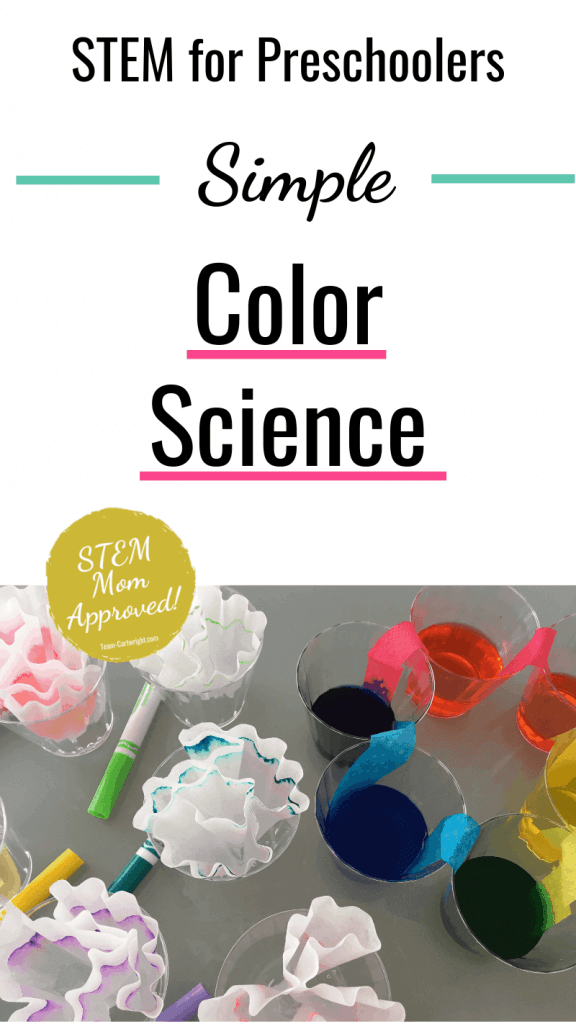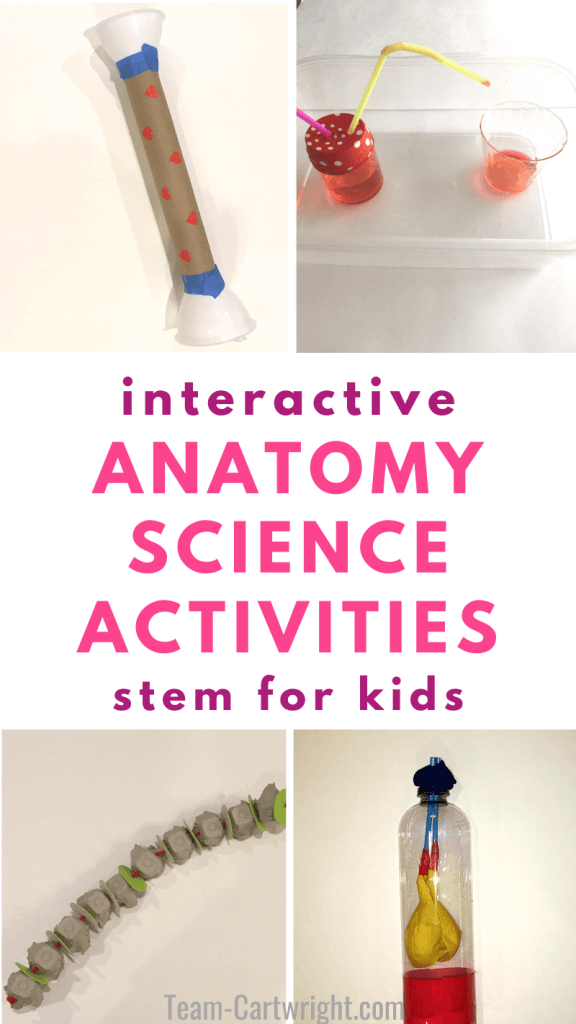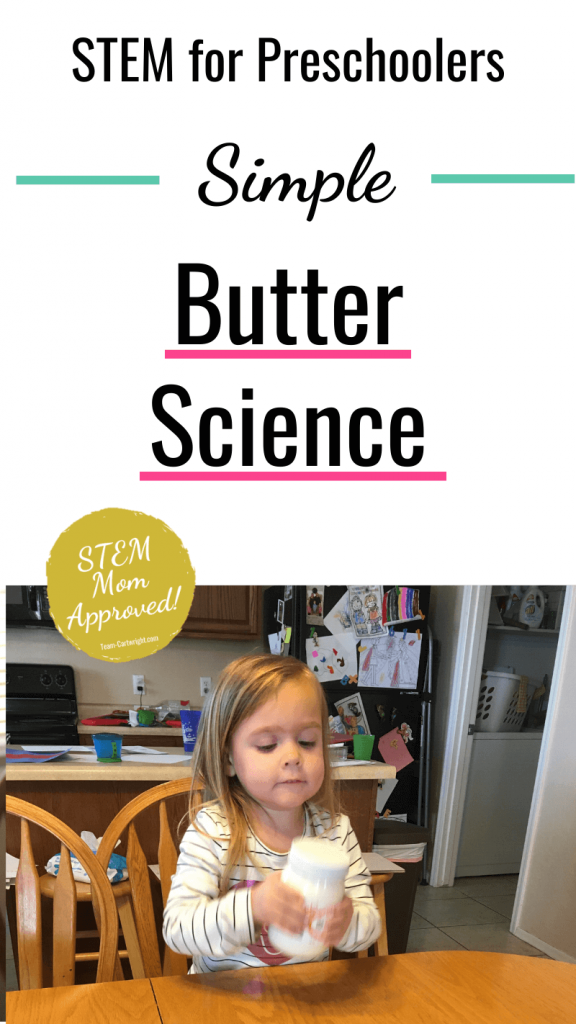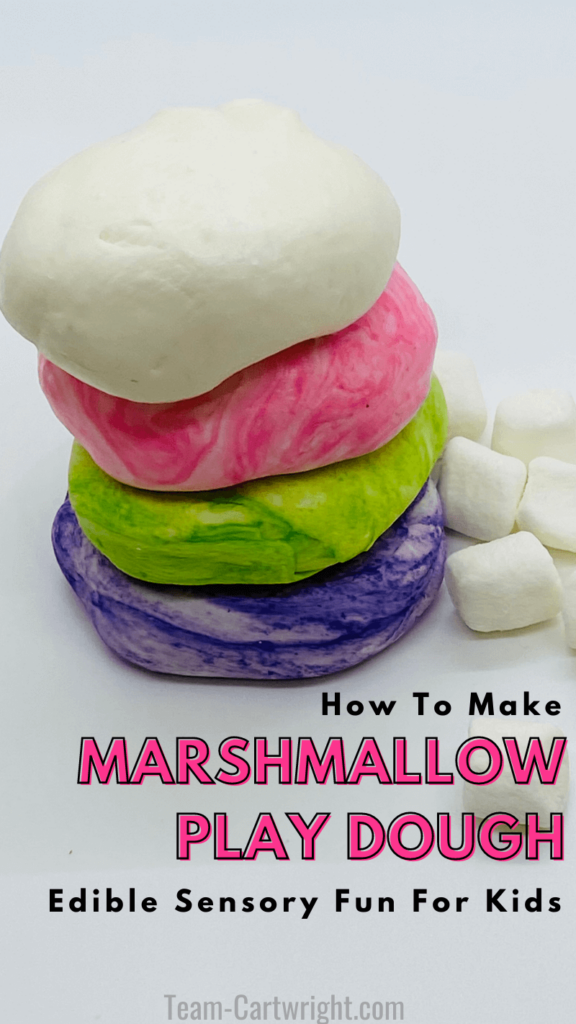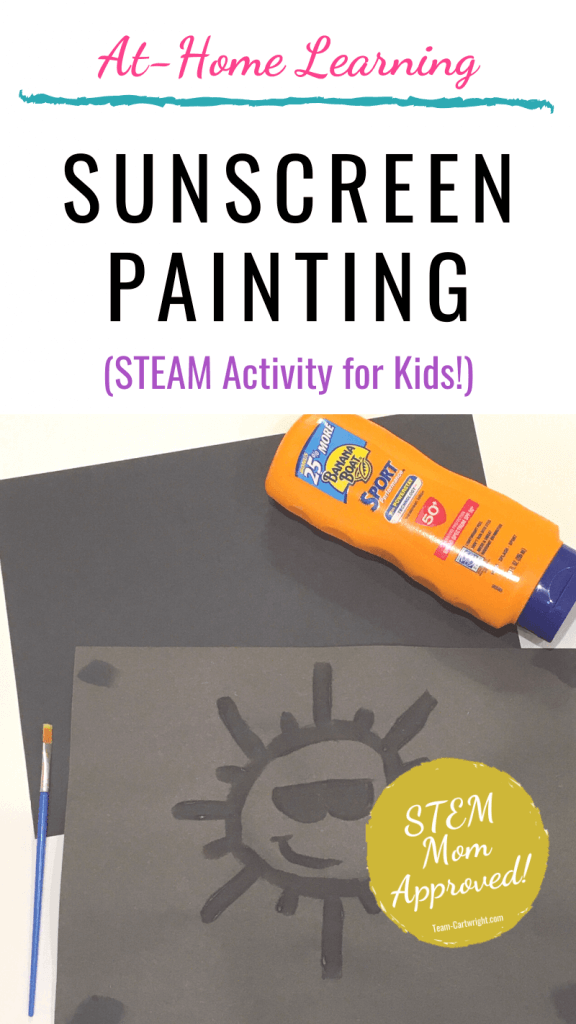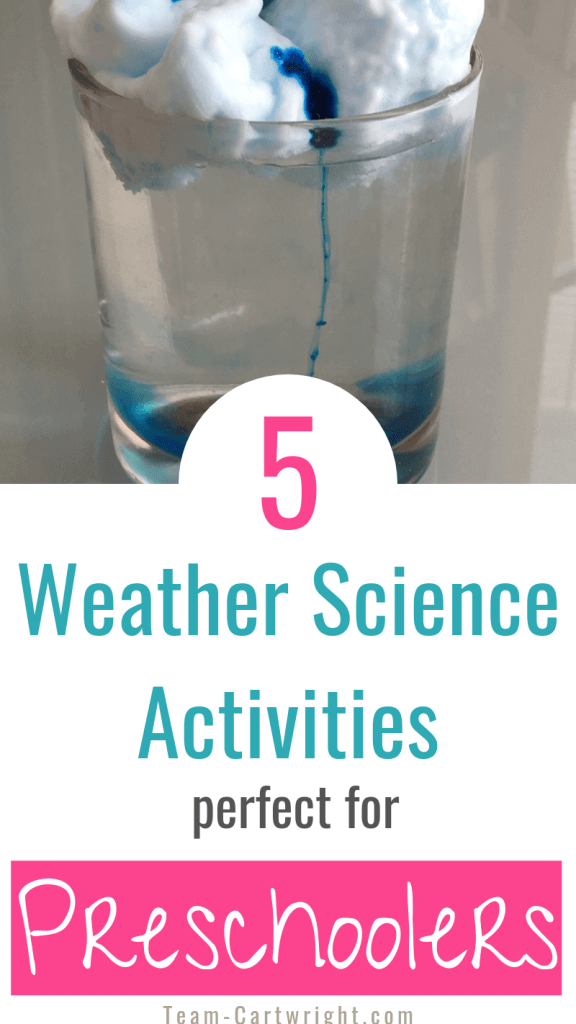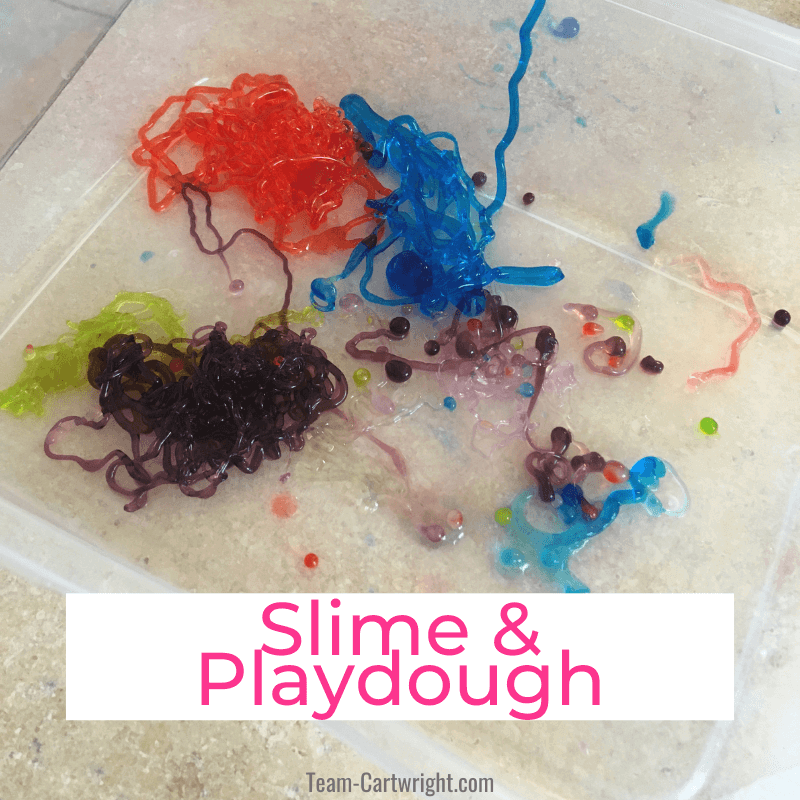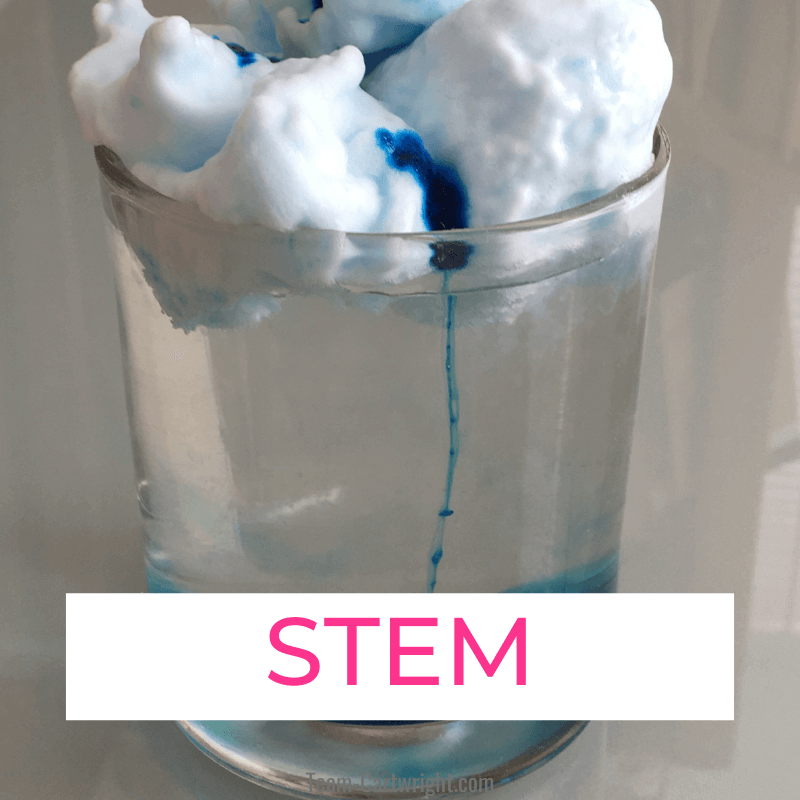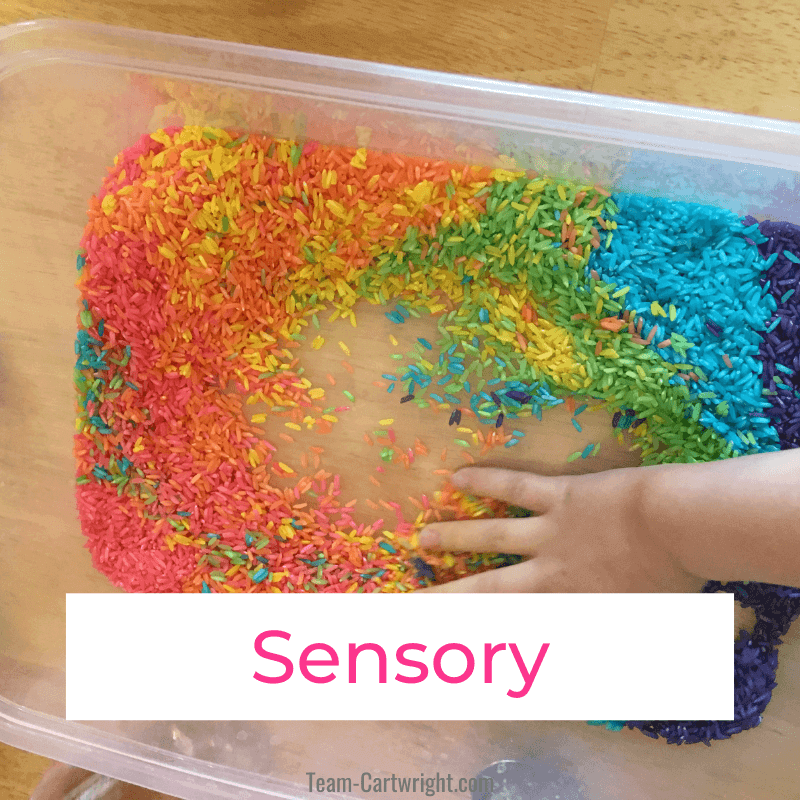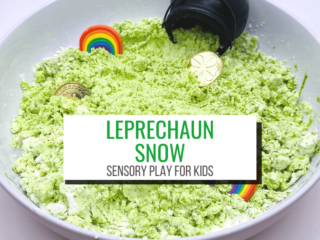Colored flower experiment, spring science for kids.
Want to learn how to turn white flowers into any color you want? And want to learn a little science while you do it?
Then you have got to try this colored flower science experiment. It is super simple to set up and really wows. Plus your child can learn how plants drink water. Don’t worry, I’ve even included all the definitions you will need for your discussions.
You will love this beautiful science experiment that dyes flowers so easily. It’s a perfect science experiment for preschool, toddler, and even older kids. (Think kindergarten and early elementary kids learning about plants!)
Here is how to do a colored flower experiment.
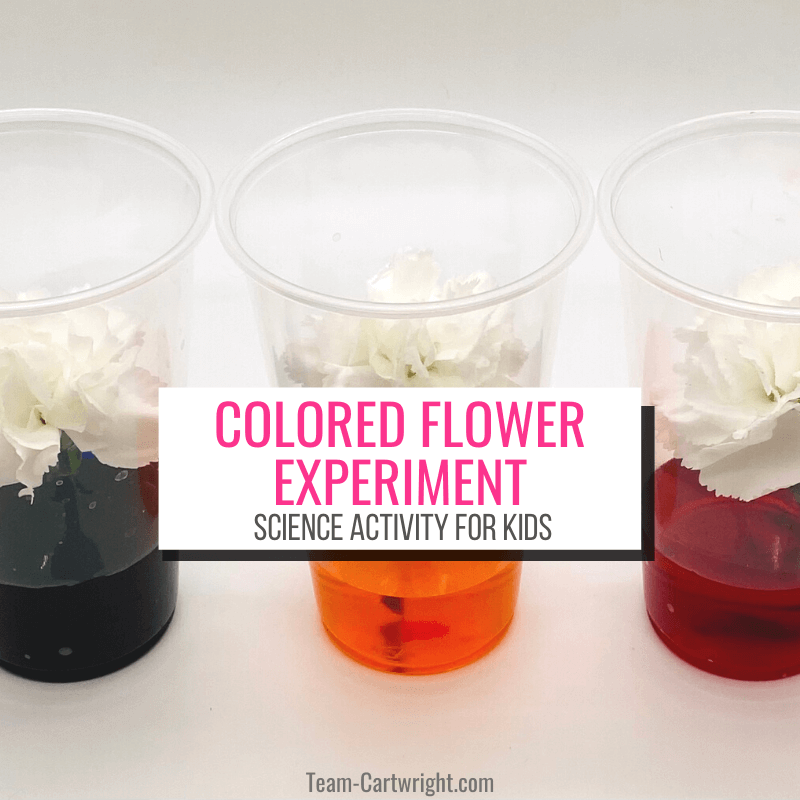
What's In This Post?
Colored Flower Experiment
This is a simple science experiment, and it will wow your kids. You will need a little patience though. While it comes together quickly there is some down time while the science happens.
Supplies for Colored Flower Experiment
You only need a few things for this STEM activity.
- Water
- White Flowers (Carnations work really well)
- Food Coloring
- Cups
That’s really all this activity needs. I know the white flowers aren’t something that I usually have at home, but it’s always nice to have an excuse to buy flowers.
Instructions for you Colored Flower Science Experiment
The set up for this experiment is really easy.
Step 1: Take your white flower and trim it down so you only have a short stem. Trim it on a diagonal.
Step 2: Fill a cup with water and add 10-15 drops of food coloring. (Note: Warm water helps the experiment happen a little faster.)
Step 3: Put your cut flower in the cup with colored water. You can do as many flowers and colors as you like! I suggest doing several, as this is cool to see.
Step 4: Now we wait. Yeah, that’s hard for little ones, but it is worth it. After a couple of hours you will start to see the petals on your flowers change color to match that of the water they are in!
Step 5: You can leave these overnight of even for a few days to see how the colors look and chance. Enjoy!
Safety:
This is a very safe activity. Be careful when trimming the stems of your flowers and avoid spilling food coloring all over the place. (That’s more of a mess thing than a safety thing, but still a good idea.)
The Science of the Colored Flower Experiment
So how are our flowers changing color without touching the color to the petals themselves?
How Flowers Drink Water
We know flowers and plants in general need water to survive. But they don’t have mouths to drink like people do. So how do they get their water?
Plants ‘drink’ through their roots. They take in water from the ground and it travels up their stems to the leaves and flowers. There it can be used to help make food for plants. (Plants make food through photosynthesis.)
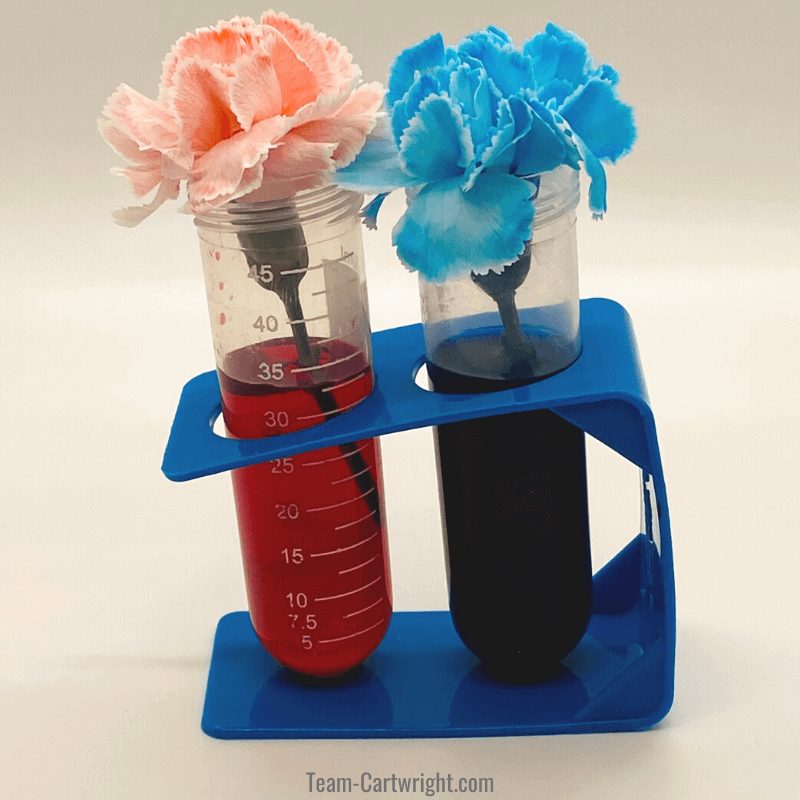
Capillary Action
So is the stem like a straw? Flowers use it to drink water, but stems aren’t quite like the drinking straws we use that are just empty tubes.
The water is sucked up through the straw by capillary action. Vascular plants like carnations and roses have tubes called xylem and phloem that run up and down the stem. Water sticks together through cohesion and surface tension, and this allows it to climb up a stem. This is the capillary action that is taking place.
For our color changing flowers, this is how the colored water travels up the stem and into the white flower petals.
Transpiration
Capillary action brings the colored water up to the flower, but how exactly is that color changing the white flowers? Transpiration is key for this.
Transpiration is the process of evaporation from the petals of a flower or a plant’s leaves. Water travels up the stem to the flowers. The flowers don’t actually need all that water to complete photosynthesis, so the extra evaporates out. The color from the food coloring stays behind in the petals though, and this is how we get the colored petals.
This water loss also creates low pressure in the petals and leaves, which causes the plant to drink up more water through the stem.
You have got to try these fun activities!
Vocabulary To Know
This process gives us the chance to explore some new vocabulary. Remember, it is not super important that your children memorize these definitions and know them perfectly.
A goal is to explain the science of what is happening in this project. But the main goal is really to expose kids to this sort of terminology. It demystifies it later in life and is helpful in growing their language and vocabulary skills.
Here are some definitions to help in your discussions.
Cohesion
Cohesion is a mutual attraction between like molecules that helps them stick together. In this experiment, the water molecules stick together through cohesion and pull themselves up the stems.
Cohesion creates a uniform mixture (like our all water). It is responsible for surface tension.
Adhesion
Adhesion is like cohesion, only it is the mutual attraction between unlike molecules. This is what makes things stick together like tape sticking to a piece of paper.
Adhesion is responsible for creating a meniscus when water is in a cylinder.
Capillary Action
Capillary action is when liquids move up a solid through adhesion, cohesion, and surface tension.
In our activity the water moves up the stem of a flower because of the capillary action caused by cohesion.
Phloem
Phloem are tiny tubes in plants that bring food made in the leaves down to the rest of the plant. (It is helpful to compare them to veins and arteries in people.)
Xylem
Xylem are tiny tubes in plants that help support the plant. They also bring water and nutrients up from the roots to the top parts of the plant. (Again, it is helpful to compare these to veins and arteries in people.)
Photosynthesis
Photosynthesis is the process of using sunlight to turn water and carbon dioxide into food for a plant. It usually involves chlorophyll and it produces oxygen as a result.
Transpiration
Transpiration is the evaporation of water from leaves and flowers.
Vascular Plants
Vascular plants are plants that have specialized parts to move water and nutrients through them, like the phloem and xylem. Carnations are vascular plants.
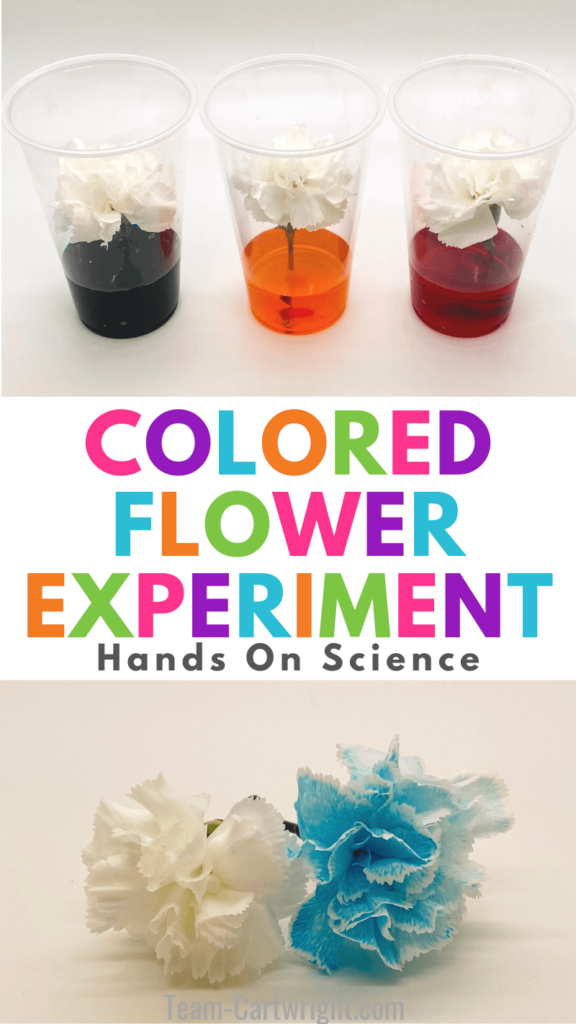
Beautiful Science Experiment for Kids
I think this is a beautiful science experiment. It’s simple to put together, but it really helps kids understand what is going on inside of a plant.

Let’s Find Your Next Fun Activity!
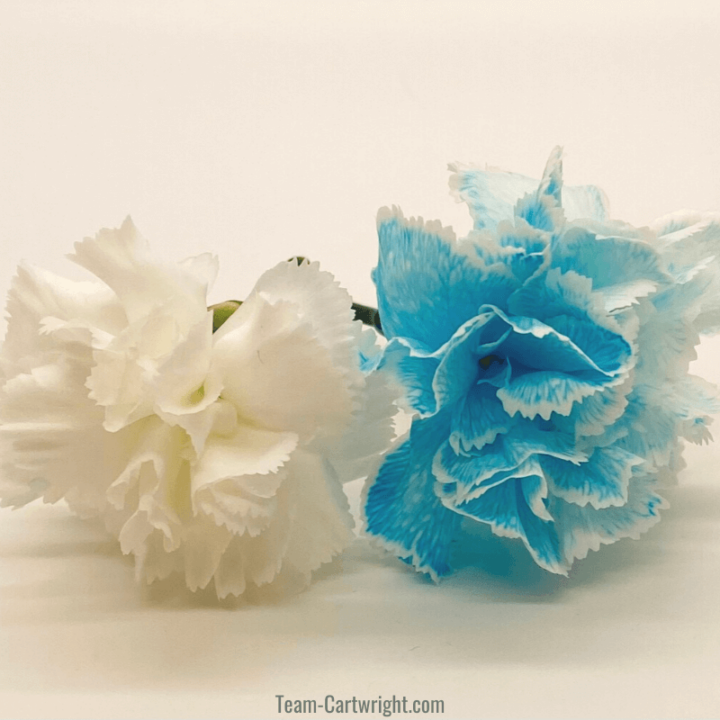
Colored Flower Science Experiment
Make beautiful colored flowers while you learn about how plants drink water!
Materials
- White Carnations (roses and daisies work too)
- Food Coloring
- Water
- Cups
Tools
- Scissors or a Knife
Instructions
- Take your cups and fill them partway with warm water. Add about 15 drops of food coloring to each cup.
- Cut your flower stems down to fit into your cups. Cut the stem on an angle for best results.
- Place a flower in each cup and wait. The flowers will drink the colored water and the flower will change colors!
Notes
Notes
Darker colors will show up better in the petals.
This is a simple science experiment, but it requires some downtime while the flowers drink. So set it up and go do something else for a bit. Check in on your flowers throughout the day to monitor the changes. (Though you will sometimes see the color change after just a short time!)
Safety
This is a pretty safe activity. But make sure there is adult supervision when cutting the flower stems.

